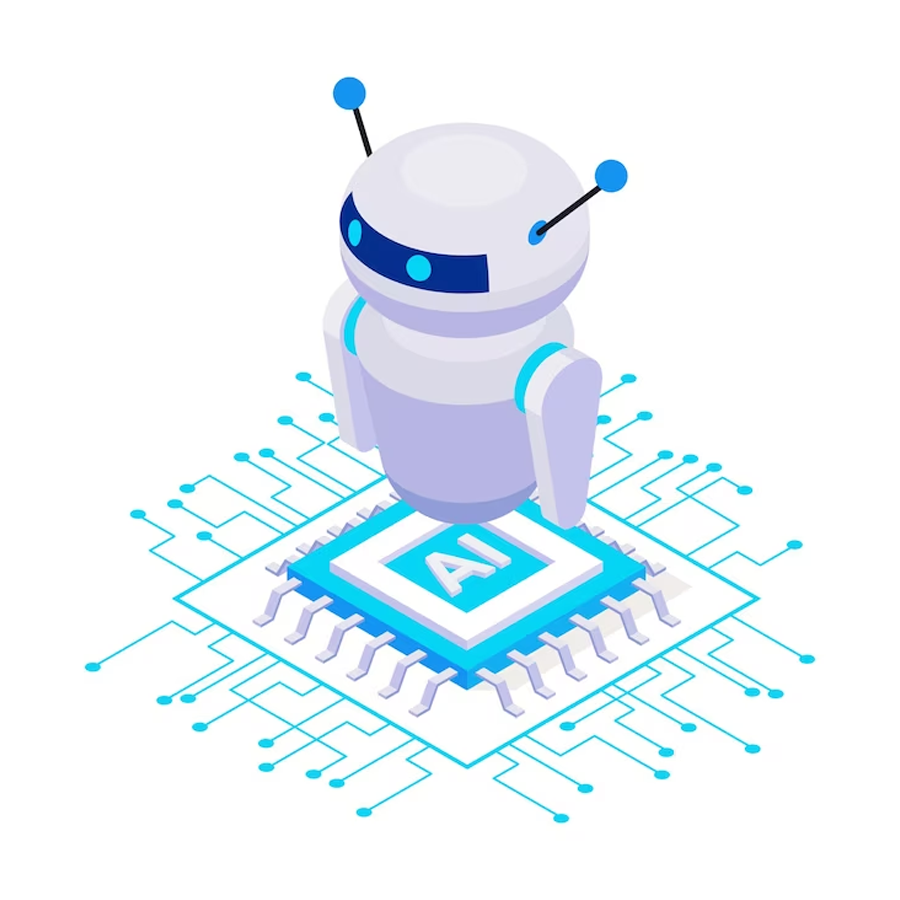
Intelligent automation is the latest buzzword thrown around by business leaders who want to reduce operational complexity and accelerate growth. Fair enough. In today’s hyper-competitive, global business environment, organizations are demanding to do more with less. Intelligent automation promises to reshape organizational structure and streamline complex routines. But are businesses really employing the type of intelligent automation technologies that can transform the business? Is simply optimizing a single step in a massive workflow a long-term solution for success? And if so, is that what’s meant when someone says they are using intelligent automation? Unfortunately, many organizations are unsure what really goes into implementing an intelligent automation strategy.

You would be surprised, but writing this little blog requires a number of steps with help from different parts of the organization. From creation to execution, there are several things that must be done to go from a crafting a first draft to a published piece. Thankfully, we have automated some of the back-end steps so I can now publish on my own. We have automated the process so I can now write more articles in less time. Did we use intelligent automation? Nope. Did we use robotic process automation (RPA)? I don’t think so. Did we use artificial intelligence? Sort of, depending on who you ask. Intelligent automation is not a stand-alone process, it consists of several interconnected technologies and processes working together.
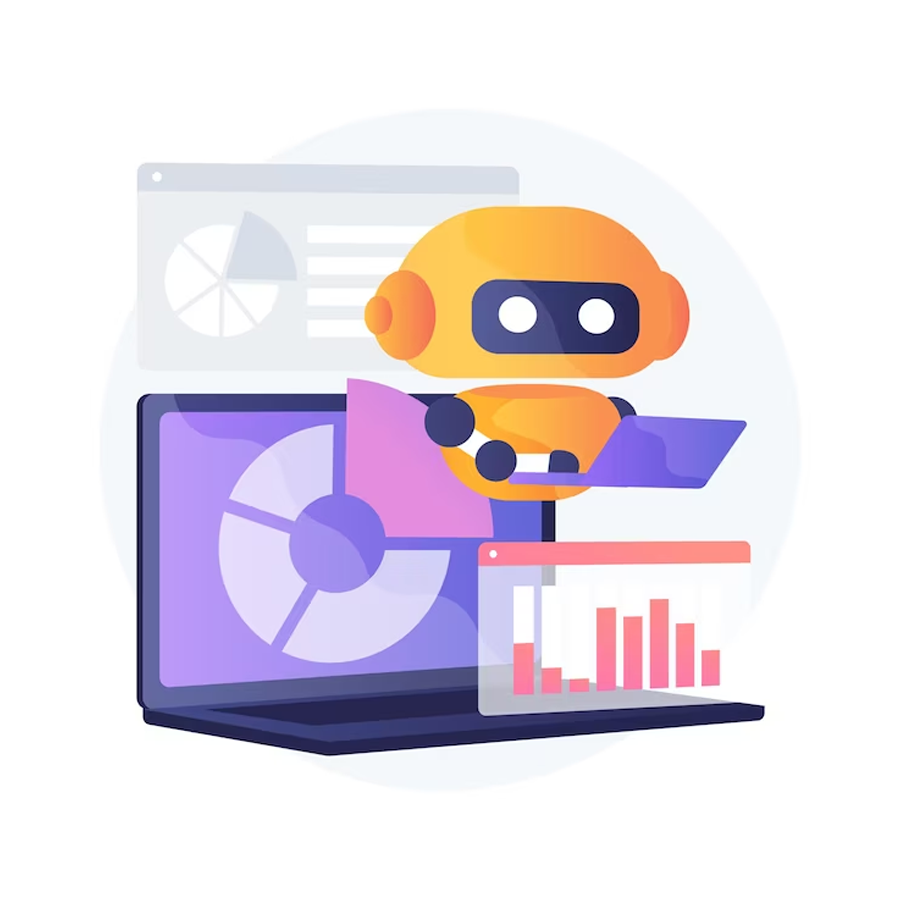

Intelligent automation is a holistic solution for the digital transformation of the operational business processes through a collaborative convergence of technologies and strategies. Through the use of advanced tools and techniques such as robotic process automation (RPA), artificial intelligence (AI), and process orchestration, intelligent automation is designed to reduce the manual labor needed to perform multiple steps, ultimately resulting in:
Intelligent automation enables companies to direct their attention to high-margin parts of their offerings, or to completely innovate new areas of business. It drives organizations to explore untouched market opportunities, bringing complex changes to the current business models.
Sounds easy enough, but what does it all mean? Let’s break down the key steps that ultimately make up intelligent automation.

Process Orchestration is the automation of data-driven business processes from end-to-end, including preparing data, making decisions based on that data, and taking actions based on those decisions. It’s a process that often spans across many different systems, departments, and types of data. It helps to solve the challenges of data fragmentation and organizational silos, with technology integrations leading to improved offerings and customer experiences.

The key aspects of process orchestration include:
Preparing Data: Companies need to prepare the data by cleansing, normalizing, and enriching it before entering it into their systems of record.
Decision Making: After preparing and uploading data into the system, an orchestration solution can help guide decisions about that data. This can include decisions like deciding how to process/score a record or deciding about whether to reject a record. This decision-making process separates these solutions from others. More recently, this rules-based decision-making is beginning to be supplemented with AI models.
Taking Action: Rather than simply producing reports and relying on people to do something, process orchestration applications can work in other systems. For example, this can include identifying a duplicate set of records and automatically merging them together with a consistent set of logic to ensure that the attribution models work properly. Or, a process orchestration system can derive key information from the record and define the route for that record in the record processing workflow.
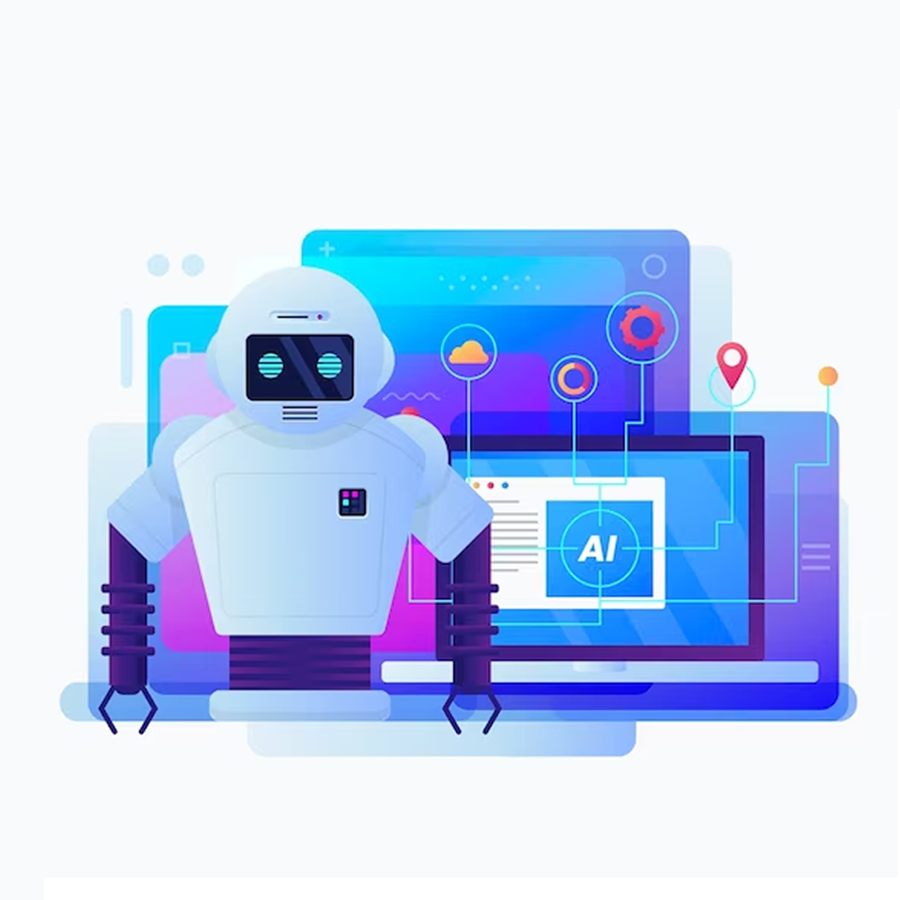

More buzzwords! But don’t worry, these have started to get cleared up. AI and ML is the simulation of human intelligence by machines. AI & ML tries to create systems capable of learning and reasoning like a human being. But that doesn’t happen by itself. It needs to be constantly fed training data – quality training data – to learn and become smart. Although these technologies are very broad conceptually and can cover many use cases from simple automations to complex virtual assistants, some of the common virtues applicable in the current business environment are:
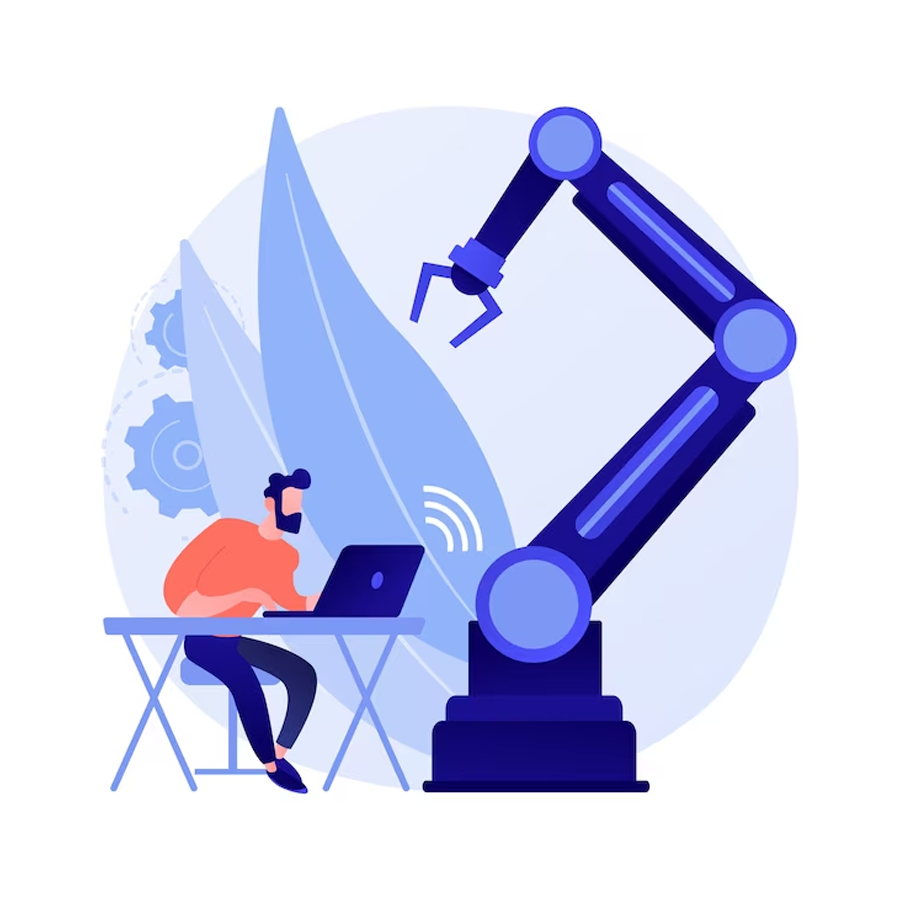
This is where many people get confused. Isn’t RPA intelligent automation? No, not really, but it is an important component of it. RPA aims to reduce human intervention in computer applications, especially in repetitive tasks that do not vary in each iteration. RPA works primarily by interacting with “high level” applications, which are the software layers at the graphic interface level, as opposed to machine language or programming code.
Automating processes with most RPA tools is more like creating traditional flowcharts than writing code, especially when screen and keystroke recorders are employed to make it even easier. Once built and tested, object libraries of automated tasks can easily be reused or quickly customized to make future automations go faster.

It is a relatively fast technology to implement and can therefore bring immediate benefits to a company through time and cost savings, especially if it can be applied in the bottlenecks of certain processes.


Intelligent automation is the combination of artificial intelligence (AI), machine learning, and process automation that is used to create smart business processes and workflows that think, learn, and adapt on their own. Artificial intelligence embraces things like machine learning, language recognition, and vision, while automation has been with us since the industrial revolution. Just as automation has progressed, so artificial intelligence has advanced, and by bringing the two together, automation achieves the advantages bestowed by intelligence.
It can also track and automate processes and workflows, and because it’s intelligent, it can make decisions and learn as it goes.
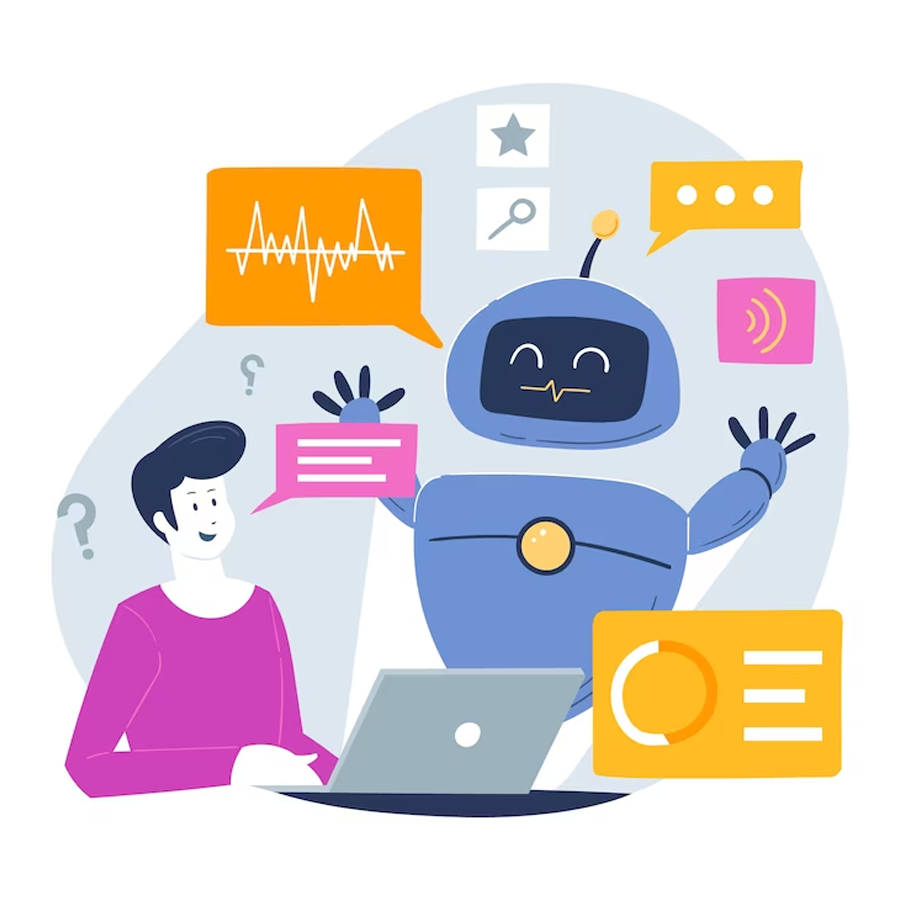
By applying intelligent automation within enterprise operations, companies can increase efficiencies and gain new capabilities beyond human abilities—such as processing millions of documents and applications a day, spotting and resolving issues within each, and making improvement recommendations. In addition, intelligent automation can yield unique, personalized customer interactions, leading to best-in-class customer experience and satisfaction.

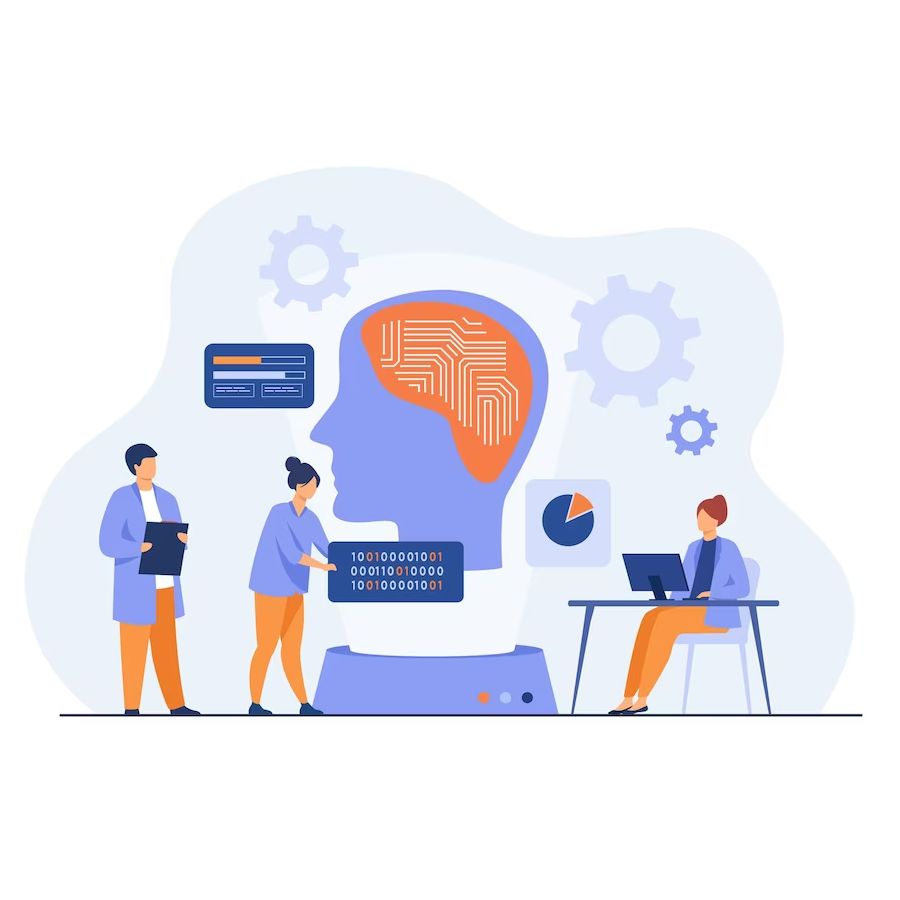

Process automation can expedite back-office tasks in finance, procurement, supply chain management, accounting, customer service and human resources, including data entry, purchase order issuing, creation of online access credentials, or business processes that require “swivel chair” access to multiple existing systems.
Intelligent automation thrives when it is paired with people to drive better outcomes. And that last sentence is worth repeating: To succeed with intelligent automation, it’s vital to put people first and evolve their skills and roles to reap its real advantage.
In designing business processes with a focus on intelligent automation it is important to realize the contribution of humans. Humans and automated processes must collaborate in the overall workflow to complement each other and compensate each other’s shortcomings. An effectively designed process should not only make use of the power of technology to process large volume of data or perform repetitive tasks with high accuracy, but also recognize the qualities humans add for decision making, improvising and innovating.
Some of the key areas where humans can add value in an intelligent automation environment include:
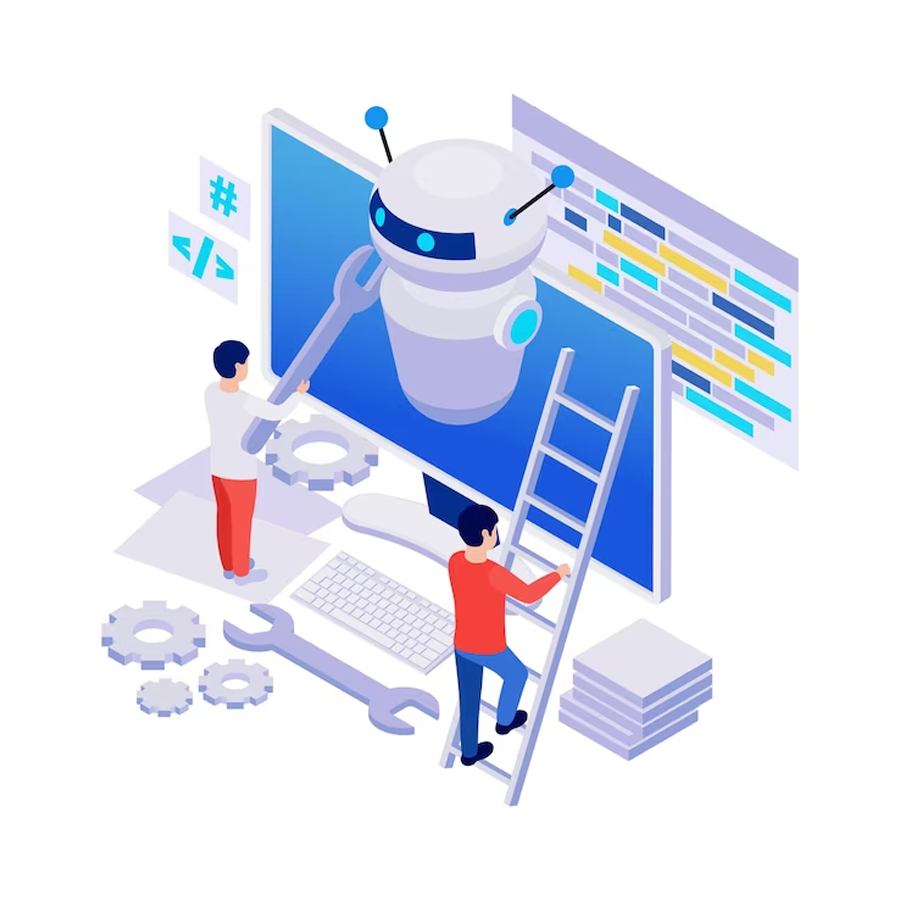
This is one of the key areas that requires human intervention. For cases where automation cannot successfully perform the desired actions, a human must enter the workflow to either perform the task that automation could not or to correct the reasons that prevented the automation from finishing the task correctly.
In workflow design, it frequently happens that all the tasks required to be performed in the workflow can be fully automated. However, the routing of the workflow based on the required parameters cannot be defined easily and requires a non-standard judgement. In this scenario, humans must be involved for the decision-making process through manual tasks.
Another important function where humans must be utilized to perform in an intelligent automation environment is training the automation components. Humans, through a user-friendly interface, make decisions (for exception scenarios) on the data and get directly involved in training, tuning and testing the data for the machine learning algorithm. Ultimately, intelligent automation is the perfect mix of art and science, human and machine. Next time you hear someone throw around the term at a conference or on a meeting, ask yourself if what they are describing incorporates all of the strategies and technologies described above. Because that is truly the definition of intelligent automation.